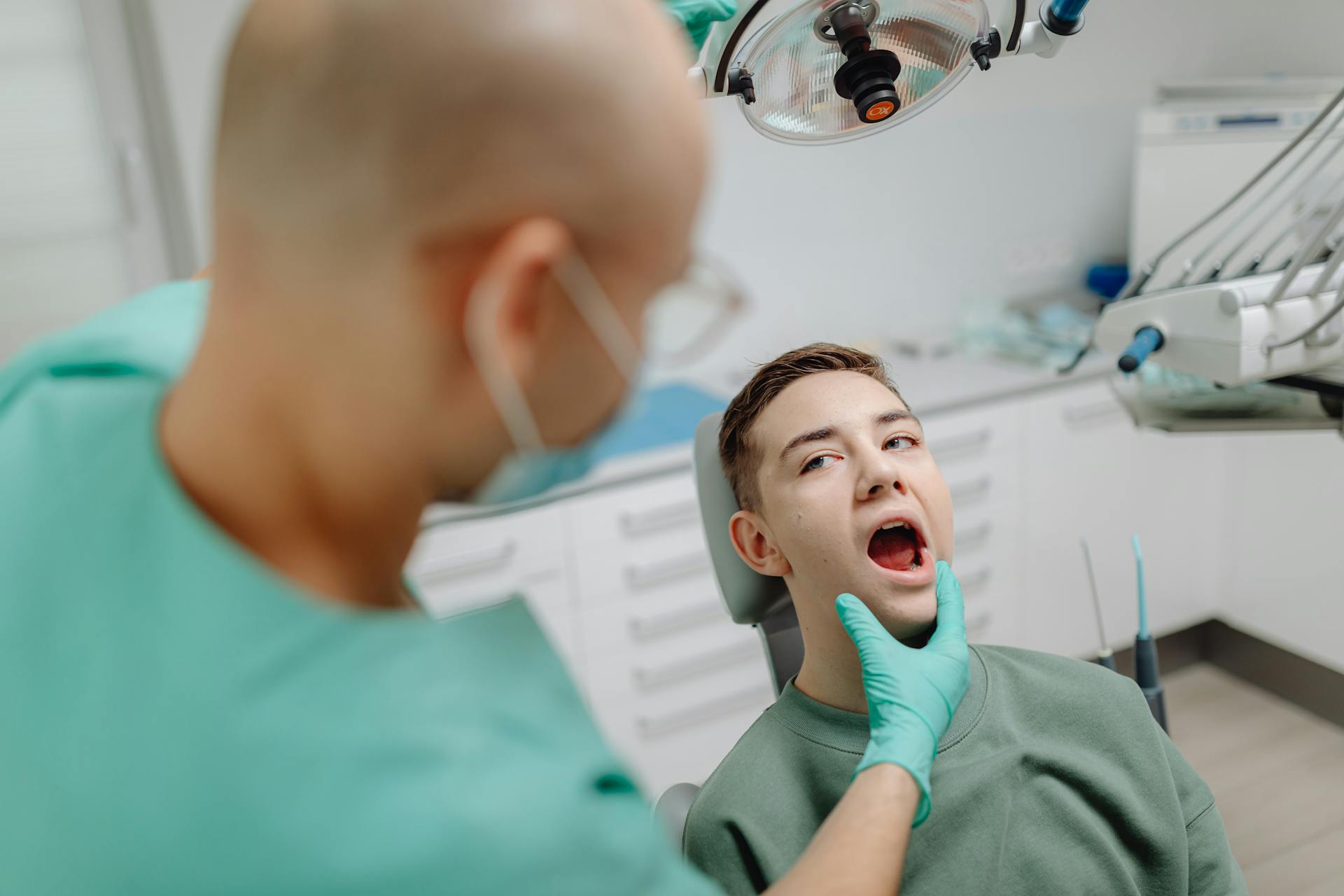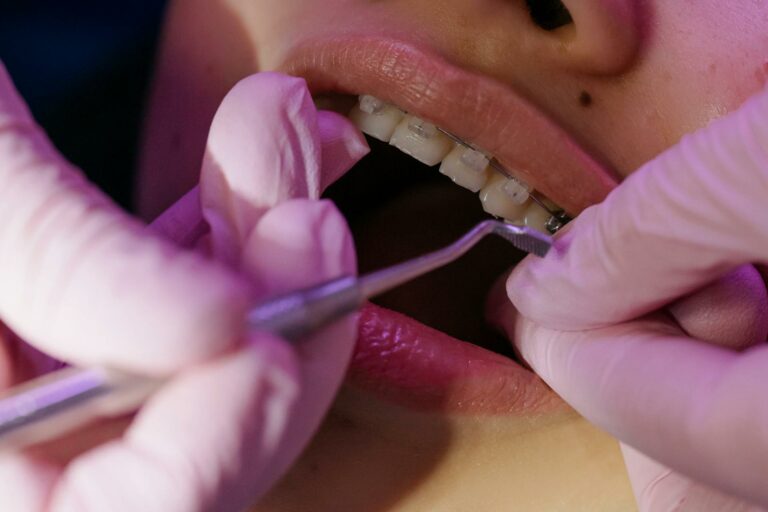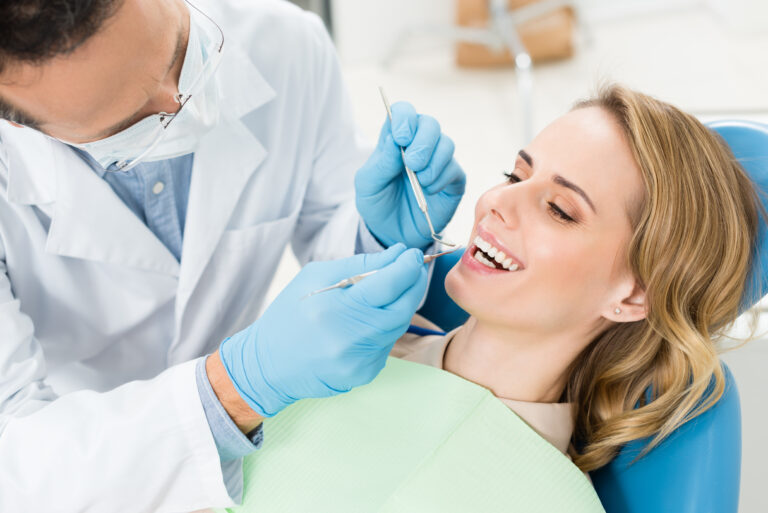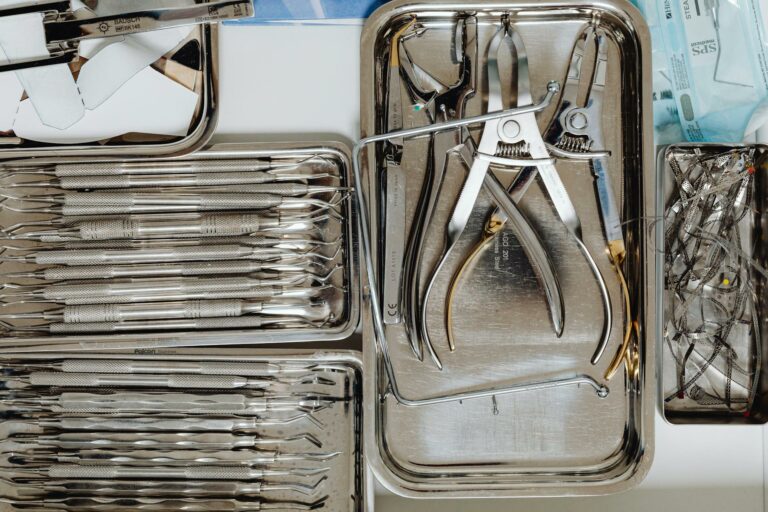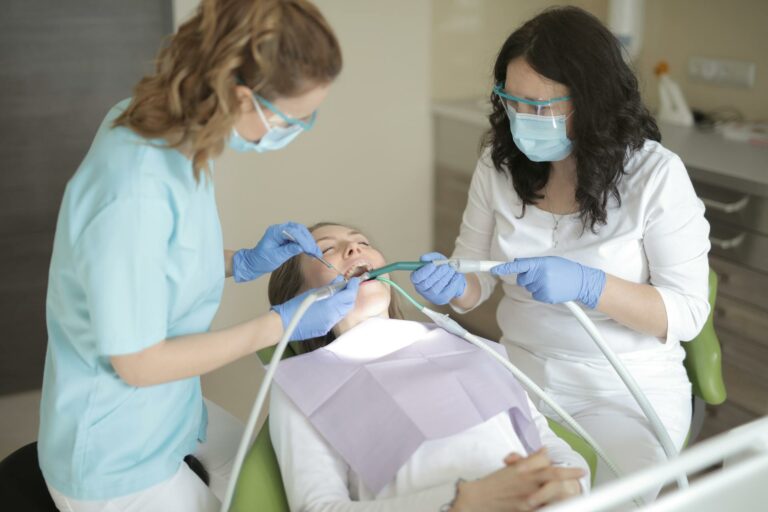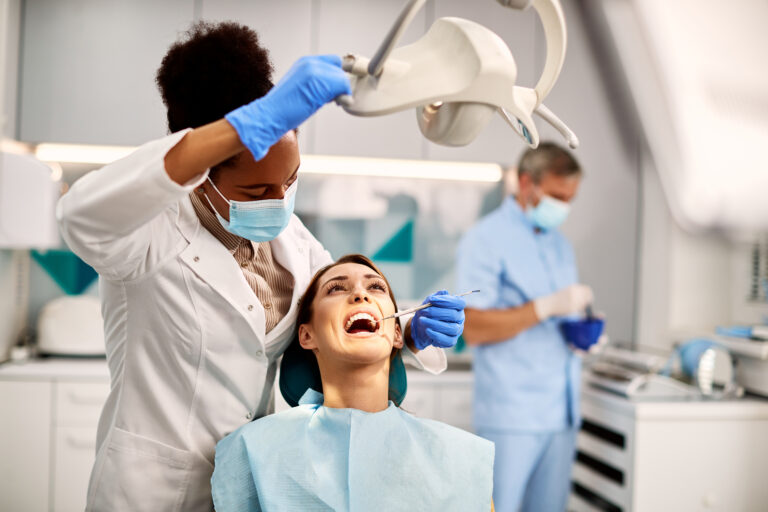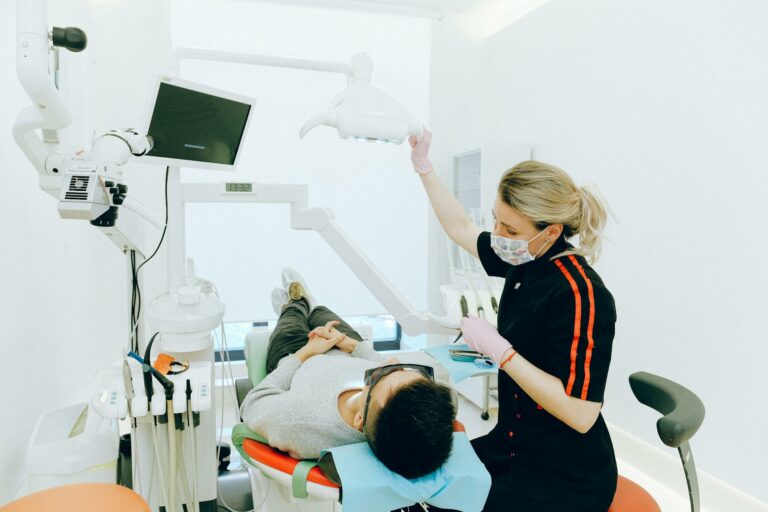Sleep Apnea Dental Solutions in Camden: Alternatives to CPAP Therapy
In Camden, dental professionals offer innovative alternatives to conventional CPAP therapy for sleep apnea, emphasizing comfort and compliance. Custom-fitted oral appliances realign the jaw, ensuring unobstructed airflow and symptom relief. These devices provide a less invasive, more patient-friendly solution, enhancing sleep quality and overall health. With a commitment to personalized care, Camden’s experts are reshaping treatment strategies, promising improved outcomes for those battling sleep apnea. Discover how these advancements are transforming patient experiences.
Understanding Sleep Apnea and Its Impact
Sleep apnea, a common yet often undiagnosed sleep disorder, profoundly affects patients’ health and quality of life. It disrupts normal sleep cycles, leading to fragmented sleep, which impairs restorative sleep phases essential for physical and mental rejuvenation. This disorder is characterized by repeated cessation of breathing during sleep, resulting in hypoxemia and hypercapnia. These physiological disturbances elevate health risks, including hypertension, cardiovascular disease, and metabolic syndrome. The chronic sleep deprivation associated with sleep apnea exacerbates daytime somnolence, cognitive dysfunction, and mood disorders, diminishing overall well-being and productivity. Additionally, untreated sleep apnea increases the risk of motor vehicle accidents due to impaired alertness. Early diagnosis and intervention are paramount in mitigating these adverse health outcomes and improving patient quality of life.
Limitations of Traditional CPAP Therapy
Although Continuous Positive Airway Pressure (CPAP) therapy is often considered the gold standard for treating obstructive sleep apnea, it is not without its limitations. A primary concern is patient compliance, as adherence to CPAP can be challenging due to the discomfort associated with the mask and the machine noise. The operational noise of CPAP devices can disrupt both the patient’s and their partner’s sleep, further diminishing its appeal. Additionally, the cumbersome nature of the equipment can hinder mobility and travel, impacting the patient’s lifestyle. For some, the constant positive airway pressure may cause nasal congestion or dryness, leading to treatment discontinuation. These factors contribute to a significant percentage of patients seeking alternative therapeutic solutions to manage their condition effectively.
Exploring Dental Solutions for Sleep Apnea
A growing number of patients are turning to dental solutions as viable alternatives for managing obstructive sleep apnea. These solutions primarily focus on optimizing dental alignment to maintain an open airway during sleep. Dental professionals emphasize the importance of patient education, ensuring individuals understand how dental alignment impacts airway obstruction. By customizing treatments to align the jaw and teeth, dental practitioners aim to alleviate symptoms associated with sleep apnea. Such approaches are often tailored to each patient’s unique anatomical needs, improving comfort and compliance compared to traditional methods. Educational initiatives further empower patients, fostering informed decision-making about their treatment options. This patient-centric strategy not only addresses the mechanical aspects of sleep apnea but also enhances overall treatment efficacy and satisfaction.
How Oral Appliances Work
Oral appliances for sleep apnea function by repositioning the lower jaw to maintain an open and unobstructed airway during sleep. This adjustment enhances airflow and reduces the likelihood of airway collapse, thereby alleviating symptoms associated with obstructive sleep apnea. These devices are custom-fitted to the patient, ensuring comfort and efficacy in managing their condition.
Adjusting Jaw Position
When addressing sleep apnea with dental solutions, understanding how oral appliances work is vital. These devices are designed to reposition the jaw to mitigate airway obstruction during sleep. Jaw alignment techniques form the cornerstone of this approach, focusing on the strategic positioning of the mandible. Adjustable oral appliances are employed to achieve this, offering customization to meet individual patient needs. By advancing the lower jaw forward, these devices help maintain an open airway, reducing the likelihood of apneic events. The precision of jaw adjustment is essential, as even slight modifications can considerably impact treatment efficacy. Patients benefit from the non-invasive nature of these appliances, making them a viable alternative for those intolerant to CPAP therapy, while ensuring comfort and improved sleep quality.
Enhancing Airway Flow
Many patients with sleep apnea can experience considerable improvements in their condition through the use of oral appliances designed to enhance airway flow. These devices function by repositioning the lower jaw and tongue, thereby reducing airway resistance and optimizing breathing patterns during sleep. By holding the jaw in a forward position, oral appliances prevent the collapse of soft tissues that typically obstruct the airway, a common cause of sleep apnea. This mechanical adjustment aids in maintaining an open airway, consequently facilitating unobstructed breathing. The effectiveness of these appliances can considerably vary based on individual anatomical differences, but they represent a promising alternative for those seeking relief from sleep apnea symptoms without relying on continuous positive airway pressure (CPAP) therapy.
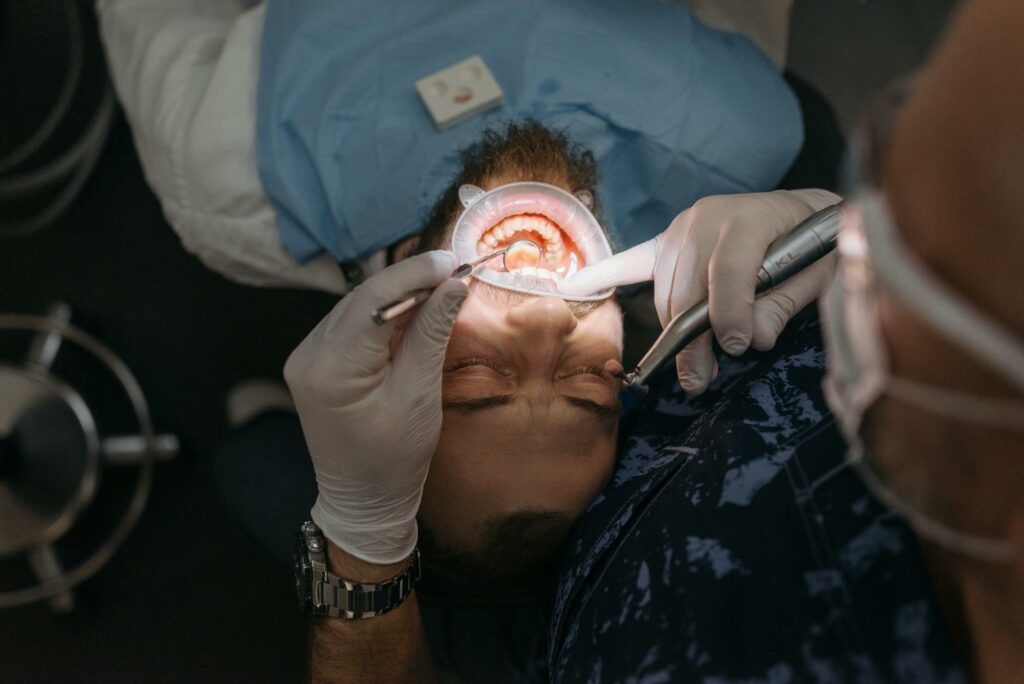
Benefits of Dental Interventions
Dental interventions for sleep apnea offer significant advantages, including enhanced sleep quality, which is pivotal for overall health and well-being. These solutions provide convenient treatment options that can be easily integrated into patients’ daily routines, reducing the complexity often associated with traditional methods. In addition, they are non-invasive, ensuring patient comfort while effectively addressing the underlying issues of obstructive sleep apnea.
Improved Sleep Quality
A significant number of patients suffering from sleep apnea experience marked improvements in sleep quality through dental interventions. These patients often report enhanced sleep hygiene, attributed to the optimization of airflow provided by oral appliances. By repositioning the jaw, these devices reduce airway obstruction, facilitating more consistent breathing patterns during sleep. This intervention, when combined with lifestyle changes such as weight management and smoking cessation, contributes to substantial improvements in overall sleep architecture.
Furthermore, dental solutions can mitigate the fragmented sleep cycles typically associated with obstructive sleep apnea. This results in more restorative sleep, reducing daytime fatigue and improving cognitive function. Patients who adhere to these interventions often experience enhanced quality of life, reflecting the profound impact of improved nocturnal respiration on their daily activities and health.
Convenient Treatment Options
With the increasing adoption of dental interventions for sleep apnea, patients benefit from convenient and non-invasive treatment options that seamlessly integrate into daily life. Oral appliances, such as mandibular advancement devices, offer a portable solution that can be easily incorporated into home sleep routines. These devices are designed to gently reposition the jaw, maintaining an open airway during sleep, thereby minimizing apnea episodes. Unlike CPAP machines, which require extensive setup and maintenance, dental solutions involve minimal lifestyle changes, fostering greater adherence and comfort. Patients appreciate the discreet nature of these appliances, which do not interfere with bedtime activities. In Camden, dental professionals provide customized fittings, ensuring ideal effectiveness and patient satisfaction. Ultimately, these interventions enhance sleep quality while accommodating individual needs.
Non-Invasive Solutions
How do non-invasive solutions revolutionize the management of sleep apnea? They offer an effective, patient-friendly alternative to Continuous Positive Airway Pressure (CPAP) therapy. Dental interventions such as mandibular advancement devices (MADs) play a pivotal role. By repositioning the jaw, these devices enhance airway patency, thereby improving respiratory function during sleep. Coupled with optimized sleep hygiene and lifestyle changes, these solutions greatly reduce apnea episodes. Patients benefit from increased comfort and compliance, as these interventions are less intrusive compared to traditional methods. Additionally, lifestyle modifications, including weight management and regular exercise, complement dental solutions by addressing underlying causes of sleep apnea. Such integrative approaches empower patients to take control of their condition, leading to long-term improvements in sleep quality and overall health.
Customizing Dental Devices for Optimal Comfort
While addressing sleep apnea, the customization of dental devices plays a pivotal role in ensuring patient comfort and treatment efficacy. Dental device customization involves tailoring oral appliances to fit the unique anatomical features of each patient. This process not only enhances therapeutic outcomes but also considerably improves adherence to treatment regimens. Precision in design is achieved through detailed impressions and advanced imaging techniques, facilitating the creation of devices that minimize discomfort and maximize airway patency. Patient comfort adjustments are integral, involving iterative modifications to optimize fit and function. These adjustments can alleviate pressure points, reduce jaw discomfort, and enhance overall usability. Through meticulous customization, dental devices become a viable alternative for those seeking effective, comfortable solutions to manage sleep apnea symptoms.
Choosing the Right Dental Professional in Camden
Selecting an appropriate dental professional in Camden requires careful consideration, especially when seeking effective management for sleep apnea. Evaluating dental qualifications is paramount; practitioners should possess specialized training in dental sleep medicine. This often includes advanced courses focusing on the fabrication and adjustment of oral appliances designed to alleviate sleep apnea symptoms. Additionally, patient reviews provide valuable insights into a dental professional’s expertise and patient care quality. Reviews often highlight successful outcomes and the practitioner’s ability to tailor treatment plans to individual needs, enhancing patient satisfaction. It is advisable for patients to consult with multiple dental professionals, comparing their qualifications and reviews to make an informed decision. This guarantees a thorough approach to managing sleep apnea effectively, prioritizing patient well-being.
Patient Success Stories and Experiences
Numerous patients have reported significant improvements in their quality of life following the implementation of dental solutions for sleep apnea. Patient testimonials consistently highlight enhanced sleep quality, reduced daytime fatigue, and a notable decrease in snoring. Throughout their treatment journeys, individuals have expressed satisfaction with custom-fitted oral appliances as a viable alternative to CPAP therapy. Technical evaluations of mandibular advancement devices illustrate their efficacy in maintaining airway patency during sleep. Patients recount experiences of seamless adaptation to these non-invasive solutions, with many emphasizing the convenience and comfort compared to traditional methods. Such accounts underscore the importance of personalized care and thorough management strategies. These patient success stories serve as a reflection of the transformative potential of sleep apnea dental interventions in Camden.
Future of Sleep Apnea Treatment in Camden
As advances in dental technology continue to evolve, the future of sleep apnea treatment in Camden looks promising, with a focus on innovative, patient-centered approaches. Emerging technologies, such as custom-fitted oral appliances, are being explored as effective alternatives to traditional CPAP therapy. These devices are designed to enhance patient compliance by providing a more comfortable and personalized experience. Furthermore, the integration of telemedicine platforms facilitates remote monitoring and adjustments, thereby optimizing treatment outcomes. Patient education remains a cornerstone, empowering individuals with extensive knowledge about their condition and available treatment options. By fostering a collaborative environment between healthcare providers and patients, Camden is poised to lead in delivering cutting-edge solutions for sleep apnea, enhancing overall patient satisfaction and health outcomes.
Frequently Asked Questions
Are Dental Solutions Covered by Insurance for Sleep Apnea Treatment?
Insurance policies may vary in their coverage options for dental solutions as a treatment for sleep apnea. Patients should consult with their providers to determine specific benefits and guarantee that necessary documentation supports their treatment plan.
How Long Does It Take to Adjust to a Dental Appliance?
The adjustment period for a dental appliance can vary, typically ranging from a few days to weeks. Patients often experience fluctuating comfort levels initially, requiring gradual adaptation to achieve ideal therapeutic outcomes and improved sleep quality.
Can Children With Sleep Apnea Use Dental Solutions?
Pediatric sleep apnea may sometimes be managed with dental intervention. However, suitability depends on the child’s age, development, and specific condition. Professional evaluation is essential to determine if dental solutions are appropriate for the child’s sleep apnea management.
What Are the Side Effects of Dental Devices for Sleep Apnea?
The side effects of dental devices for sleep apnea may include jaw discomfort, excessive salivation, dry mouth, and changes in dental alignment. Patients should consult with their healthcare provider to guarantee appropriate management and minimize potential complications.
How Often Should Dental Appliances Be Replaced or Adjusted?
The replacement frequency and dental appliance maintenance are essential for ideal function. Typically, appliances require adjustment every six months and replacement every three to five years, depending on wear, patient compliance, and individual treatment needs.
